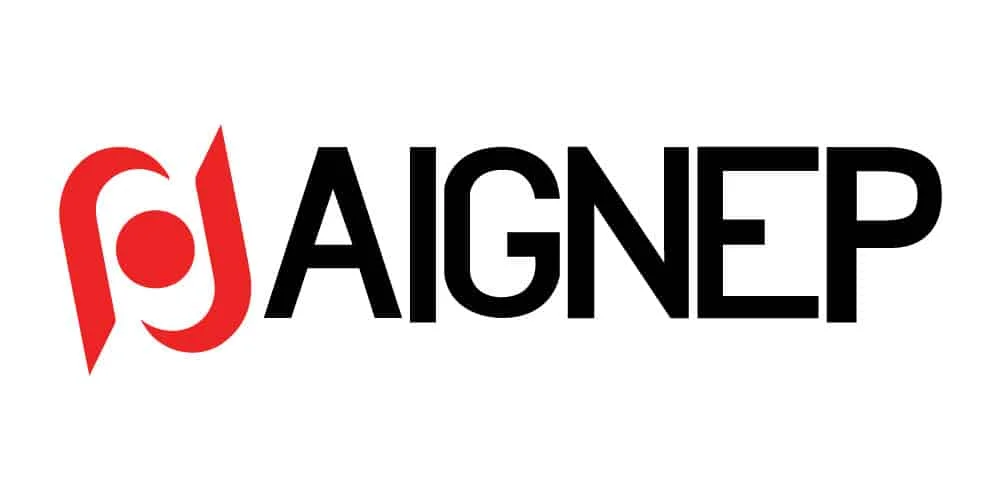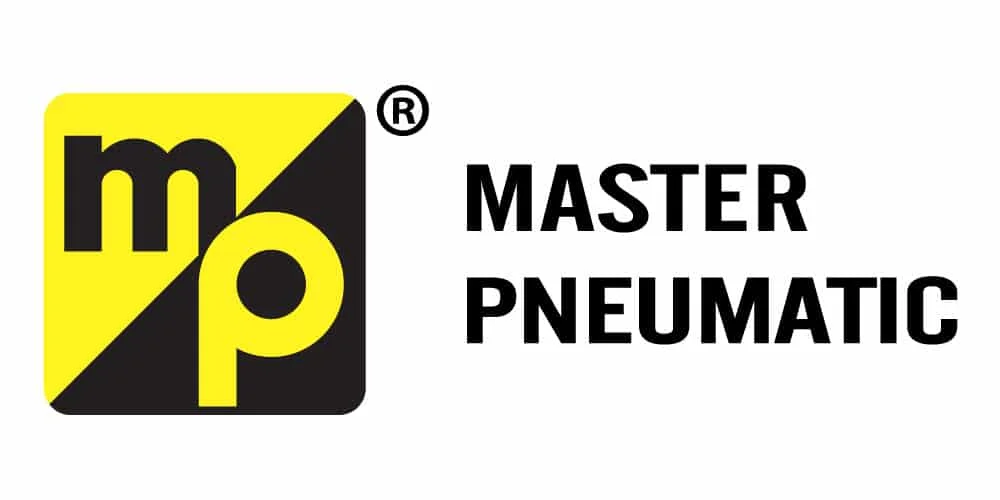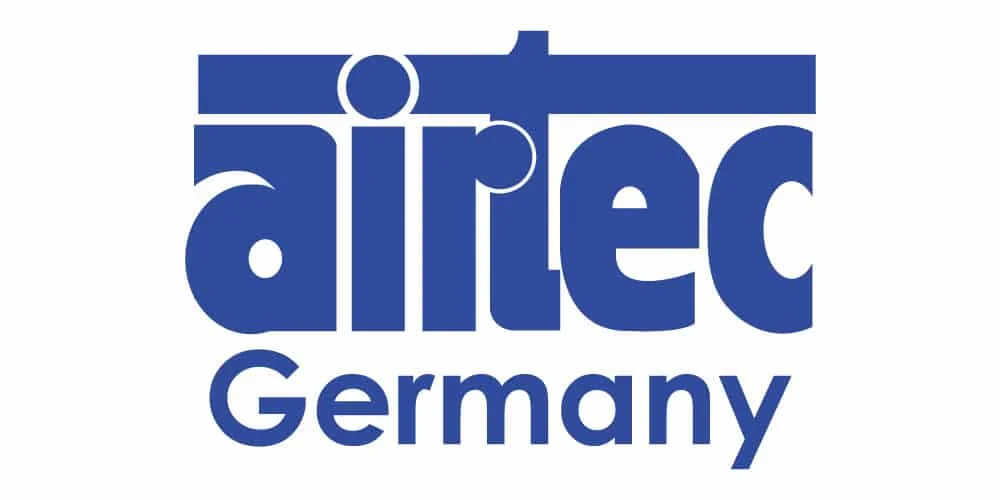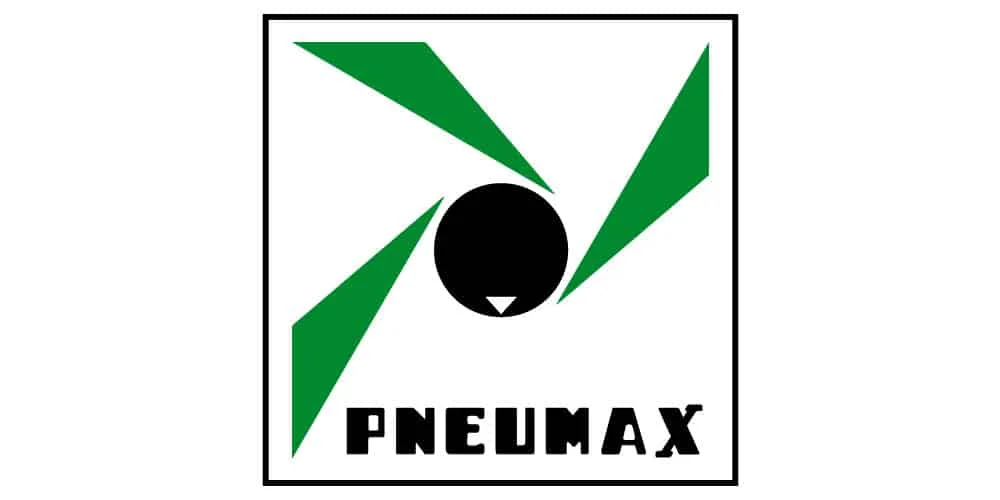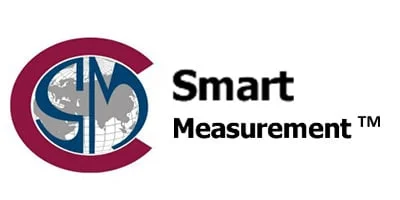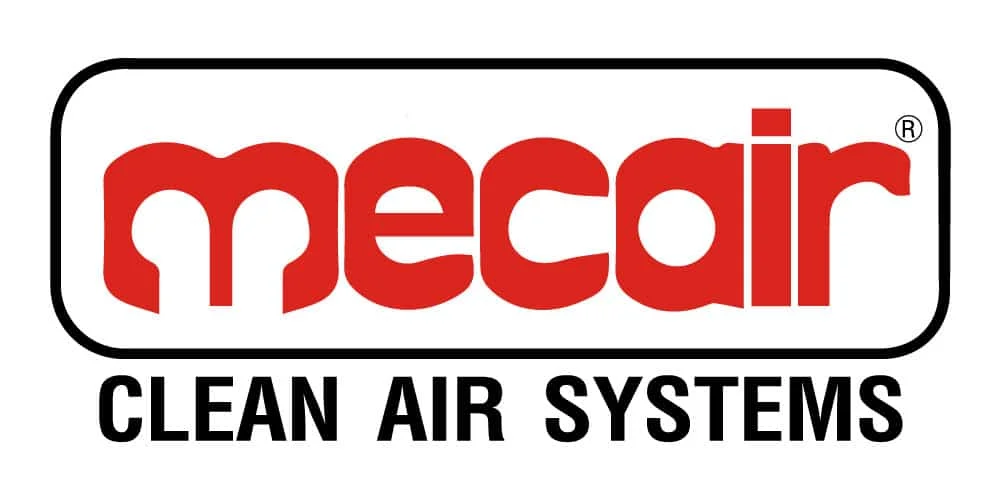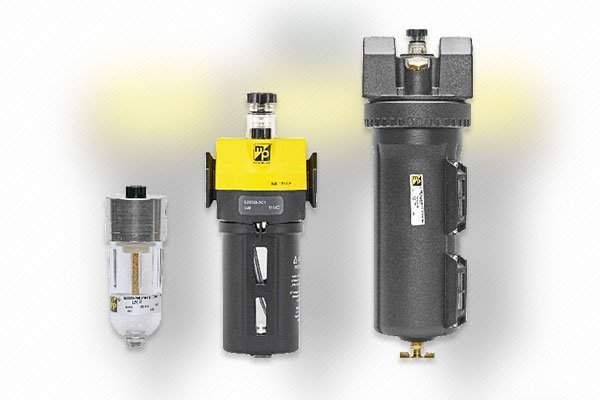What are Air Line Lubricators?
Air line lubricators are designed to put atomized oil into the air line so that the downstream mechanisms can be adequately lubricated. The main purpose of lubricators is to adjust the quantity of oil so that the bare minimum is used to lubricate the internal working part of pneumatic tools and other devices or equipments like the valves, motors, and actuating cylinders.
Parts of an Air Line Lubricator
A typical air line lubricator usually contain four parts: the head, the adjusting screw, the bowl containing the lubricant, and the draining bowl that enables the removal of lubricating oil when necessary. At the top of the head of the compressor, there will be transparent housing with an adjusting screw on top. By turning the screw, one can increase or decrease the frequency of lubricating oil drops. The oil drops will fall into the airstream flowing through the lubricator head and out into the air line. Depending on the air pressure and volume of air passing through a specific air lubricator, the oil drops can be atomized into different sizes, smaller or bigger, and can be flown down the air line at differing distances.

- Screw Housing – The clear housing of the adjusting screw.
- Lubricator Head – The head of the lubricator with a bowl containing lubricating oil commonly attached with a bayonet-style mount or threaded-mount. Every time that the lubricator bowl shall be removed, it must be done with care and made sure that the air line and lubricator bowl is void of compressed air. A lubricator head will have an arrow on it showing the required direction of air flow through the lubricator. Inside the head, there are ports to which the air inlet and outlet are attached usually by a threaded fitting.
- Sight Glass – A clear display tube to allow operator to check the oil level within the bowl without having to remove it.
- Lubricator Bowl – A drainage bowl to store the excess oil.
How the Air Line Lubricators Function
Air line lubricators pull up oil from a reservoir, in this case a bowl, into a moving airstream. As the high velocity compressed air passes through a venture, oil is drawn up through a capillary then let out into the airstream. The moving air breaks up the oil into mists, small droplets, or fog larger droplets, which is then transferred downstream into the pneumatic device.
Problems with Air Line Lubricators
In most cases an air line lubricator is installed in a FRL (Filter, Regulator, and Lubricator) set where the lubricator is placed last, resulting in it being in a longer distance from the equipment that needs lubrication than the filter and regulator. The oil-carrying-air has to travel from the lubricator to the equipment, sometimes through an air valve while cautioning that no oil is dropped out of suspension. If the oil does drop in the air line, which occasionally happen due to the far distance, after awhile, the oil will coat and accumulate and eventually block the air line, causing a slug of oil to later be blown downstream to the valve exhaust port, causing a leak on the floor.
สำหรับข้อมูลเพิ่มเติม โปรดติดต่อเรา:
โทร: 02-384-6060 | ไลน์: @flutech.co.th | อีเมล: [email protected] | เฟสบุ๊ค: @flutech.co.th



